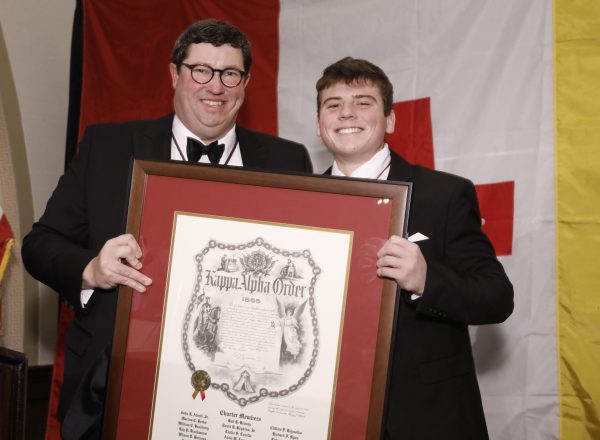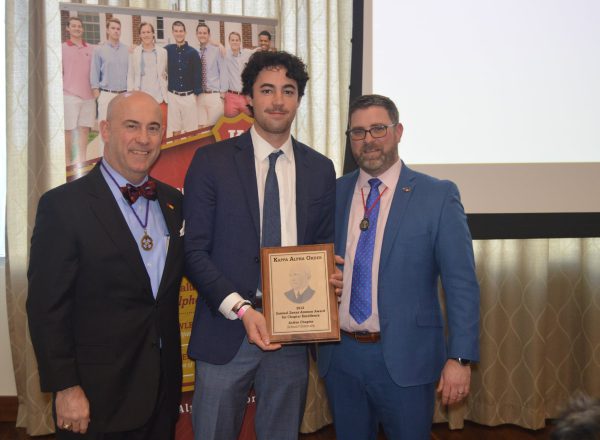by Lance Roberts, The Daily Californian
A group of UC Berkeley students and Berkeley community members helped clear eucalyptus tree debris that has been posing a threat to the community Sunday.
About 90 students volunteered for the environmental cleanup in Hidden Canyon. Home to a line of eucalyptus trees local residents call the “Line of Fire,” the area has been considered a threat for many years, according to local resident and volunteer Marcus Von Engel.
“It is a row of very flammable trees that has a lot of ground-level fuel,” Von Engel said. “So many bark branches have been collecting over the many years that if the winds come, they will funnel through that canyon directly onto all the homes in Berkeley.”
As the leader of the Hillside Fire Safety Leadership Committee’s communication committee, Von Engel relays information to the community to keep everyone informed about Berkeley’s fire danger. Von Engel also decided to tap the campus’s student population to assist in clearing the hillside.
The group has conducted several clearing sessions, with Sunday being the most recent. The first session was slow: only Von Engel, his wife and four students participated in cleaning the hill. After the second session showed a greater turnout, news for Sunday’s cleanup spread like “wildfire,” according to Von Engel.
Campus’s Kappa Alpha Order was one such student group to participate in cleaning Hidden Canyon. According to chapter president Pablo E. Rayon (Alpha Xi–California ’19), students are an enthusiastic source of environmental action.
“We cleaned the hillside for a total of 3 hours,” Rayon said in an email. “It was very rewarding because it made a lot of us feel like we were helping out the community, and we had the added bonus of doing it alongside our brothers.”
Eucalyptus trees are quite a problem for California — according to campus professor of environmental science, policy and management Matteo Garbelotto, eucalyptus oils are easily ignited. When they are set ablaze, Garbelotto says that the gases formed from the oil cause something similar to an “explosive combustion.”
What’s worse, a pathogen is making eucalyptus trees even more flammable. The pathogen, called Pseudosydowia eucalypti, is a major reason why so many eucalyptus trees are drying out and posing a threat, Garbelotto said.
“In some of these strands (of eucalyptus trees), a hundred percent of the trees are infected by this fungus,” Garbelotto said. “Basically it’s like firewood ready to be burned.”
The recent 30-year anniversary of the Oakland Hills fire makes these difficult circumstances an even more poignant reminder for locals such as Von Engel to be aware of the dangers of wildfires.
According to Von Engels, more than 3,000 homes were destroyed and 25 people were killed, in addition to the billions of dollars of damage caused.
“It started with a small brush fire that they believed was extinguished,” Von Engels warns. “We just need to recognize it’s not if a fire will happen, but when it happens and what are the steps that we can do to stop this.”



